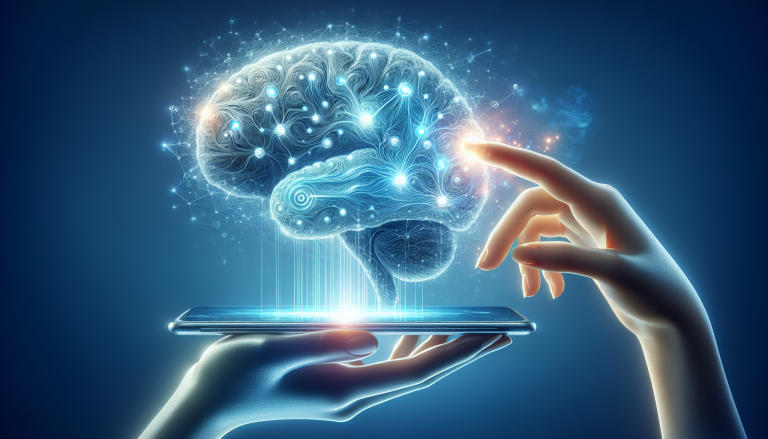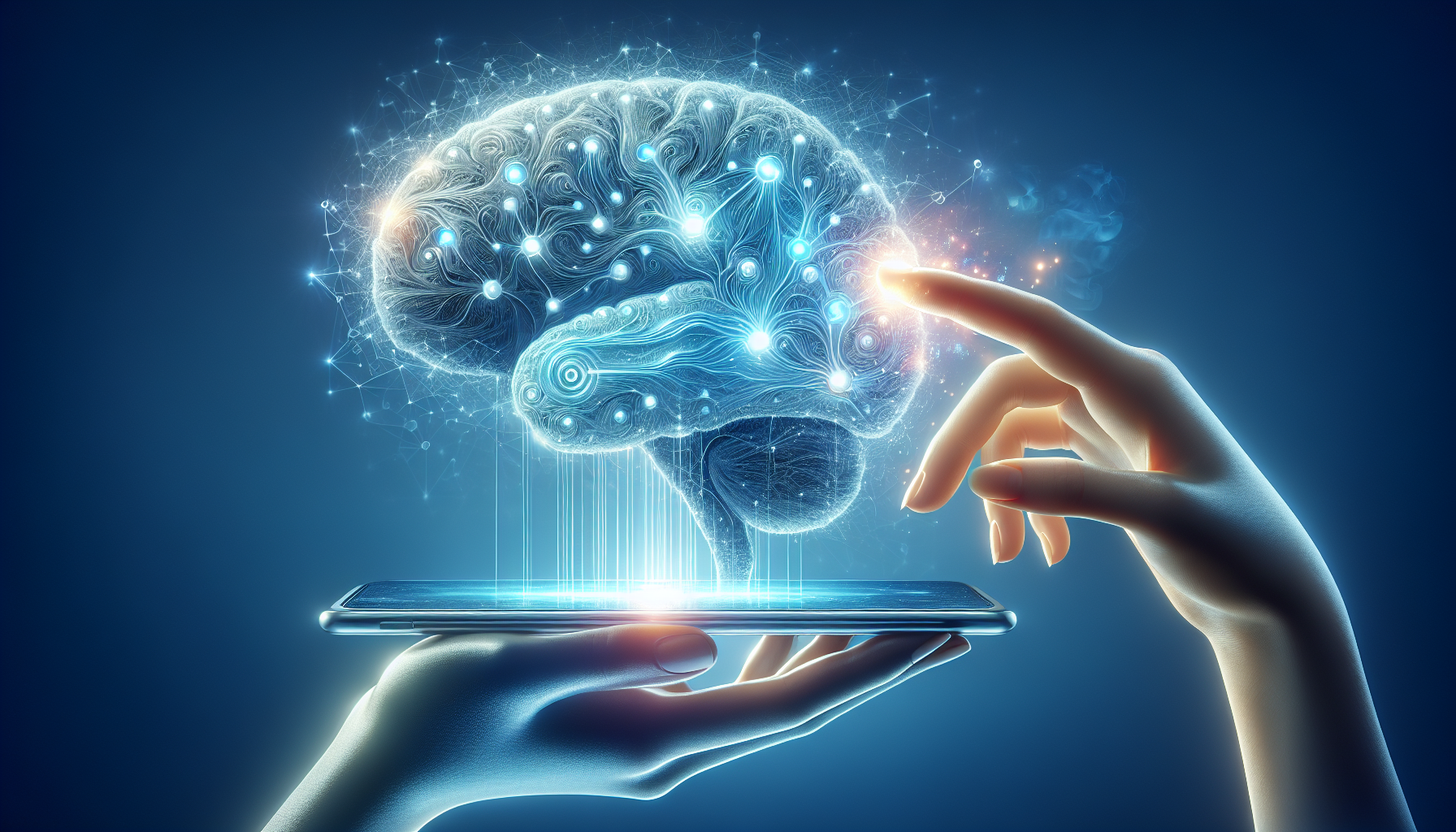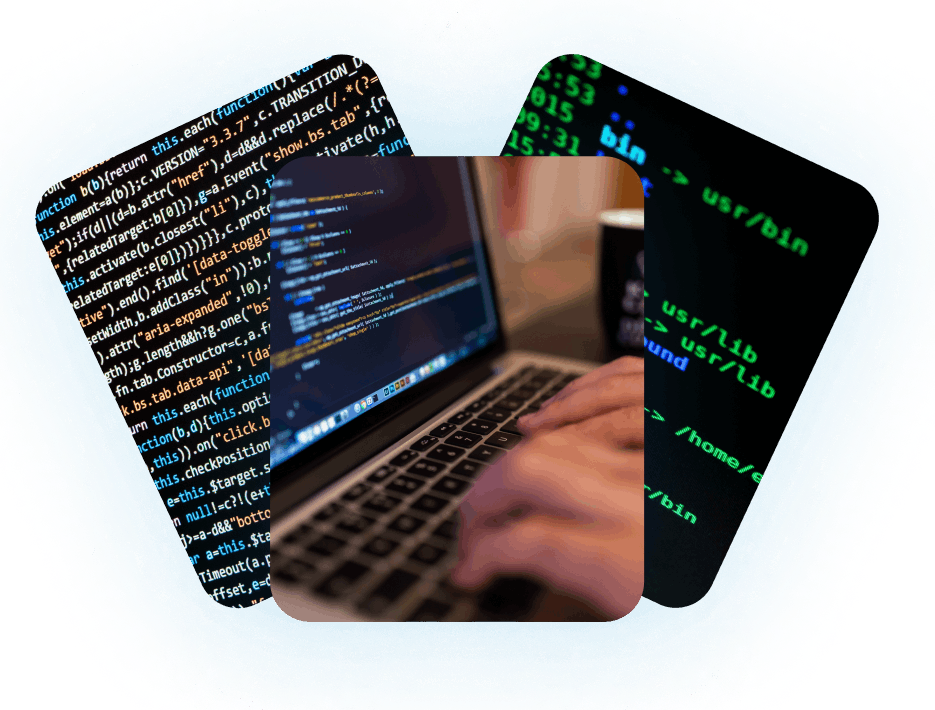The Future of AI: Unlocking Human Potential with Cutting-Edge Technology
The world of Artificial Intelligence (AI) has come a long way since its inception, and it’s hard to believe that just a few decades ago, the concept of a machine learning system that could think and learn like a human being was still in its infancy. Today, AI has become an integral part of our daily lives, transforming the way we live, work, and interact with each other.
At the heart of this revolution is the development of cutting-edge technology that enables AI systems to learn, reason, and interact with humans in a more natural and intuitive way. One of the most exciting areas of research in AI is the development of machine learning language models, which have the potential to revolutionize the way we communicate with machines.
These language models use complex algorithms to analyze vast amounts of data, identify patterns, and generate human-like responses. They can be used to power virtual assistants, chatbots, and other applications that require natural language processing. But the potential applications of machine learning language models go far beyond just customer service and chatbots.
For example, they can be used to analyze vast amounts of medical data, identify patterns, and provide personalized treatment recommendations. They can also be used to analyze financial data, identify trends, and provide investment advice. The possibilities are endless, and it’s exciting to think about the potential impact that these technologies could have on our lives.

One of the most promising areas of research in AI is the development of hybrid intelligence systems, which combine the strengths of human and machine intelligence. These systems use machine learning algorithms to analyze vast amounts of data, identify patterns, and make predictions, while also leveraging the creativity, intuition, and problem-solving skills of human experts.
For example, a hybrid intelligence system might be used to analyze medical images, identify tumors, and provide personalized treatment recommendations. Or, it might be used to analyze financial data, identify trends, and provide investment advice. The key is to combine the strengths of human and machine intelligence to create systems that are more powerful, more accurate, and more effective than either humans or machines alone.
But as AI continues to advance, there are also important ethical considerations that need to be taken into account. For example, there is a growing concern about the potential for AI systems to be used for malicious purposes, such as hacking, surveillance, and propaganda. There is also a concern about the potential for AI systems to displace human workers, particularly in industries where tasks are repetitive or can be easily automated.
To address these concerns, researchers and policymakers are working together to develop new regulations and guidelines for the development and deployment of AI systems. For example, the European Union has established a set of guidelines for the development and deployment of AI systems, which include requirements for transparency, accountability, and human oversight.
In addition, there is a growing movement towards the development of more transparent and explainable AI systems, which can provide insights into how they arrive at their decisions. This is particularly important in areas such as healthcare, finance, and law, where the accuracy and reliability of AI systems can have significant consequences.
As we look to the future, it’s clear that AI will continue to play an increasingly important role in shaping our world. Whether it’s through the development of cutting-edge technologies, the creation of hybrid intelligence systems, or the development of more transparent and explainable AI systems, the potential impact of AI on our lives is vast and exciting.
“We’re on the cusp of a revolution in artificial intelligence, and it’s going to change the way we live, work, and interact with each other.” – Andrew Ng, AI pioneer and entrepreneur.
The future of AI is bright, and it’s an exciting time to be a part of this journey. As we continue to push the boundaries of what is possible with AI, we must also be mindful of the potential risks and challenges that come with this technology. By working together to develop more transparent, accountable, and human-centered AI systems, we can unlock the full potential of AI and create a brighter future for all.
As we move forward, it’s clear that the future of AI will be shaped by a combination of technological advancements, societal needs, and human values. By prioritizing transparency, accountability, and human oversight, we can create AI systems that are more powerful, more accurate, and more effective than ever before.
The possibilities are endless, and it’s an exciting time to be a part of this journey. Whether you’re a researcher, a developer, or simply a curious individual, the future of AI is something to be excited about. So let’s get started on this journey, and see where it takes us.
AI is not just a technology, it’s a way of thinking. It’s a way of approaching problems, of analyzing data, and of making decisions. And as we continue to develop and deploy AI systems, we must also be mindful of the impact that these technologies can have on our lives and our society.
By prioritizing transparency, accountability, and human oversight, we can create AI systems that are more powerful, more accurate, and more effective than ever before. And as we look to the future, it’s clear that the possibilities are endless, and the future of AI is something to be excited about.




